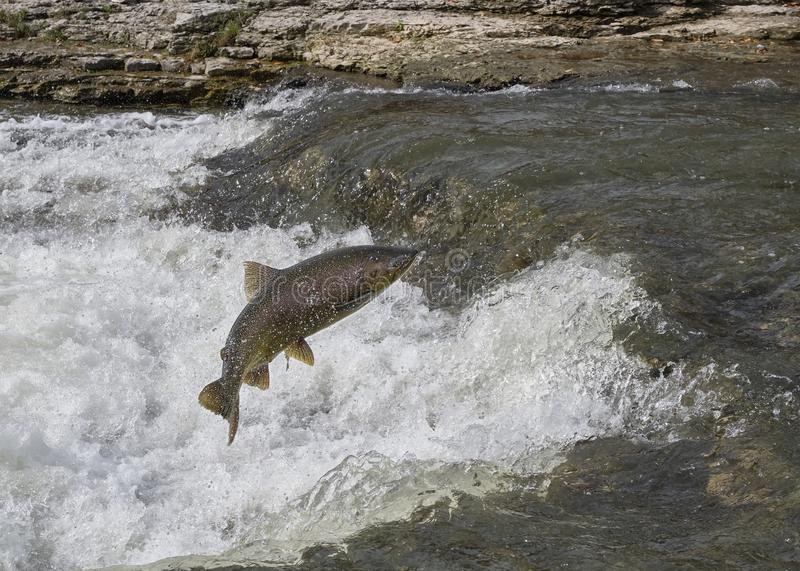| Categories: |
|---|
Estimated reading time: 1 minutes
The United States’ Endangered Species Act (ESA) is based on societal values, not science. For practical as well as political reasons, the ESA should remain an active, Federal statute. However, many modifications can be made in the language of the ESA to greatly improve its implementation and enforcement. Some proposed changes are minor; others will have major impact on the law.
My suggestion intend:
-
To make the ESA more reasonable, effective and accepted (by the regulated public).
-
To make recovery efforts and the money spent actually benefit the listed species.
The second point is very important. Consider the Pacific salmon populations in the Columbia River basin (258,000 miles square). The basin includes most of the states of Washington, Oregon and Idaho plus smaller areas in Montana, Wyoming, Nevada and Canada. Since the first five salmon populations were listed under the ESA in 1991, over $3.5 billion have been spent on recovery efforts by the Bonneville Power Administration alone. However, I cannot find any published reference to the benefits given to the five listed populations by this large amount of money. In other words, what have we bought for these populations by spending all this money?
For more details read the more detailed report in the Documents section of this web site.
This work was originally published on the Applied Ecosystem Services, LLC web site at https://www.appl-ecosys.com/blog/improving-the-esa/
It is offered under the terms of the Creative Commons Attribution-NonCommercial-NoDerivatives 4.0 International license. In short, you may copy and redistribute the material in any medium or format as long as you credit Dr. Richard Shepard as the author. You may not use the material for commercial purposes, and you may not distribute modified versions.


